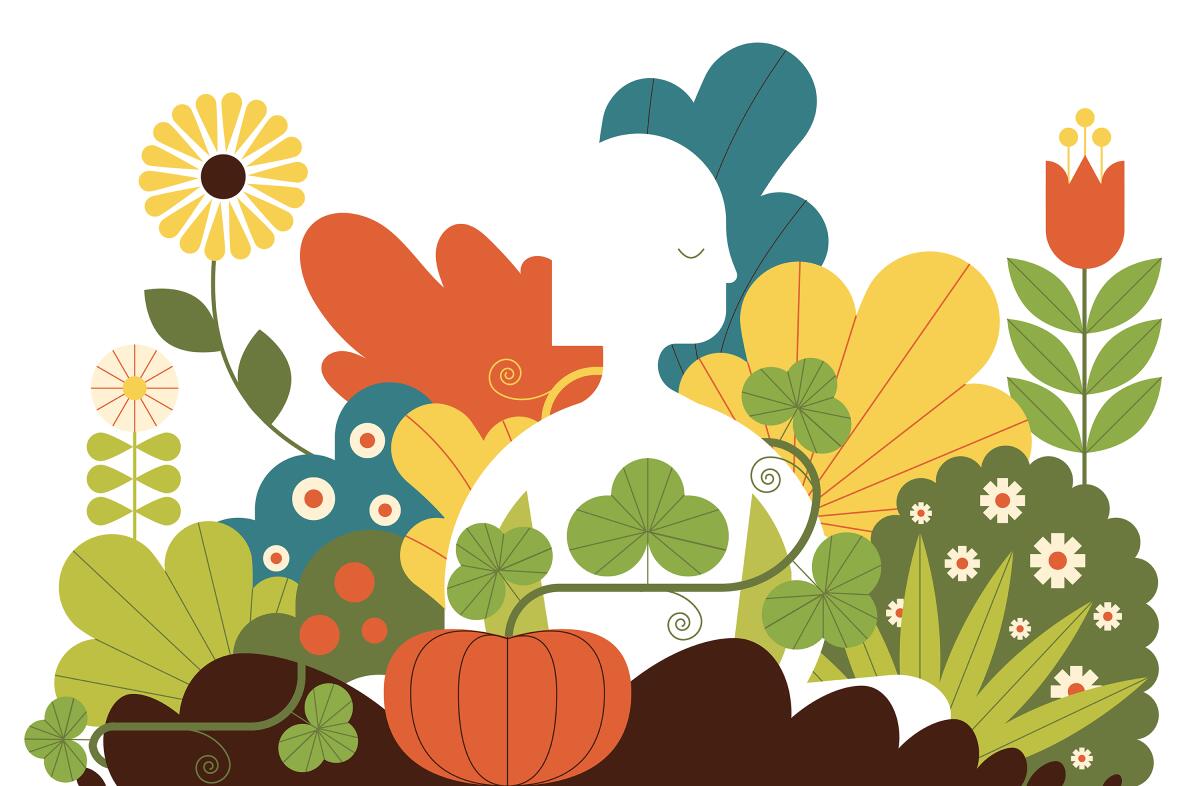Seasonal Gardening Tips to Maintain Your Yard Flourishing Year-Round
Seasonal Gardening Tips to Maintain Your Yard Flourishing Year-Round
Blog Article
Straightforward Gardening Tips to Change Your Backyard Into a Rich Paradise
Transforming your backyard into a lush heaven includes a critical technique, starting with examining your space to understand sunshine patterns and dirt high quality. Selecting plants that prosper in your neighborhood climate is important, as is optimizing dirt with raw material and reliable watering techniques. Enhancing visual allure with a mix of colorful flowers, greenery, and architectural elements like paths and seating areas can elevate your garden's appeal. These preliminary actions are simply the start-- discover how to further refine your horticulture strategies to develop a dynamic, welcoming oasis that will become the envy of your area.
Evaluate Your Area
Evaluating your space is a crucial primary step in developing a successful backyard garden. This first assessment will certainly direct all subsequent choices, ensuring that your garden is both useful and beautiful. Begin by determining the measurements of your lawn to recognize the readily available location. Keep in mind any type of existing structures, such as pathways, patio areas, or sheds, as these can influence your layout.
Following, observe the sunshine patterns throughout the day. Determine zones that receive complete sunlight, partial shade, and complete shade, as various plants have varying light needs. Furthermore, think about the soil type and top quality. Carrying out a dirt examination can provide useful details on pH levels and nutrient content, allowing you to make needed modifications for optimal plant development.
Drainage is an additional vital factor - gardening tips. Poor drain can cause waterlogged dirt, destructive to the majority of plants. Examine for areas where water tends to pool after rainfall and take into consideration applying remedies like elevated beds or French drains
Lastly, assess the microclimates within your yard. Factors such as wind exposure, distance to buildings, and elevation adjustments can develop distinct expanding problems. Comprehending these subtleties will certainly aid you make notified choices, establishing the stage for a thriving backyard garden.
Pick the Right Plant Kingdoms
Picking the appropriate plants for your yard garden is basic to accomplishing a vivid and balanced landscape. To start, consider the local environment and hardiness zone, as these elements figure out which plants will flourish in your environment. As an example, hardy perennials such as lavender and coneflowers are excellent for cooler climates, while exotic plants like hibiscus and bougainvillea match warmer regions.
Next, examine the quantity of sunlight your yard gets. Plants have varying light demands; some flourish completely sun, while others favor partial shade or complete color. Sun-loving plants like tomatoes and sunflowers require a minimum of six hours of straight sunlight daily, whereas hostas and ferns flourish in shaded locations.
Additionally, consider the dirt key in your garden. Some plants favor well-drained sandy dirts, while others thrive in clay or fertile conditions. Indigenous plants are typically a sensible choice, as they are normally adapted to the local dirt and climate, requiring less maintenance.

Maximize Dirt Quality
Optimizing dirt quality is the next critical step to guarantee your picked plants thrive. gardening tips. Performing a soil examination is critical; it offers insights into pH degrees and nutrient deficiencies, permitting you to tailor modifications precisely to your yard's requirements.
Including organic issue, such as garden compost or well-rotted manure, can dramatically improve soil structure and fertility. Organic matter enhances aeration, water retention, and microbial task, which are all necessary for healthy plant development. Goal to add a 2-3 inch layer of raw material to your soil yearly, blending it well to integrate with the existing dirt.
In addition, consider the structure of your dirt-- whether it is sandy, clay, or fertile. Each type has distinctive characteristics find out that affect water drain and nutrient schedule. Amending sandy dirts with natural issue can improve its water-holding capability, while including plaster into clay soils can boost drain and reduce compaction.
Implement Watering Methods
Just how vital is a tactical watering method to the success of your yard garden? In significance, it is the lifeblood that sustains plant health and wellness and promotes growth. Proper watering guarantees that plants get the correct amount of wetness, protecting against both under- and over-watering, which can bring about wilting or root rot.
First, consider the particular needs of your plants. Various types have differing water requirements. Succulents and cacti thrive in dry problems, whereas brushes and hydrangeas favor more dampness. Customizing your watering routine to meet these needs is important.
Secondly, timing is key. Watering in the early morning or late mid-day minimizes dissipation and permits plants to absorb dampness successfully. This method conserves water and supports much healthier origin systems.
In addition, utilizing reliable watering techniques such as drip watering or soaker pipes can optimize water usage. These methods supply water directly to the roots, reducing wastage and advertising deeper root development.
Lastly, consider mulching. Applying a layer of mulch around plants aids maintain this soil wetness and lowers the demand for constant watering. By executing these methods, you can guarantee your backyard garden continues to be durable and vibrant, also during periods of drought.
Incorporate Garden Functions
Incorporating garden features can significantly improve both the visual allure and performance of your yard yard. Attentively picked functions such as pathways, water aspects, and garden frameworks can develop an unified and inviting atmosphere. Pathways, created from materials like gravel, stone, or wood, not only overview site visitors through the garden but additionally prevent soil compaction and safeguard plant roots.
Water features, such as fountains, fish Click This Link ponds, or small waterfalls, present a relaxing auditory component while sustaining neighborhood wild animals like birds and beneficial bugs. The sound of flowing water can likewise minimize the assumption of environmental pollution, developing a calm environment.
Yard structures, including arbors, trellises, and pergolas, supply both upright interest and functional assistance for climbing up plants. These components can additionally supply shaded areas for relaxation and celebrations. Additionally, incorporating seating locations and ornamental elements like sculptures or yard art can personalize the area, making it a true representation of your style.
Conclusion
To conclude, transforming a yard right into a lush heaven entails an extensive analysis of the available space, cautious option of plants matched to neighborhood environment conditions, and optimization of dirt quality with organic enrichment. Applying reliable watering approaches makes certain sustained plant health, while integrating structural elements such as pathways and seating locations enhances visual allure and functionality. These steps jointly add to the production of a dynamic, inviting garden area that thrills the detects.

In conclusion, transforming a yard into a lush paradise includes an extensive analysis of the available space, careful selection of plants fit to neighborhood environment conditions, and optimization of dirt quality with natural enrichment.
Report this page